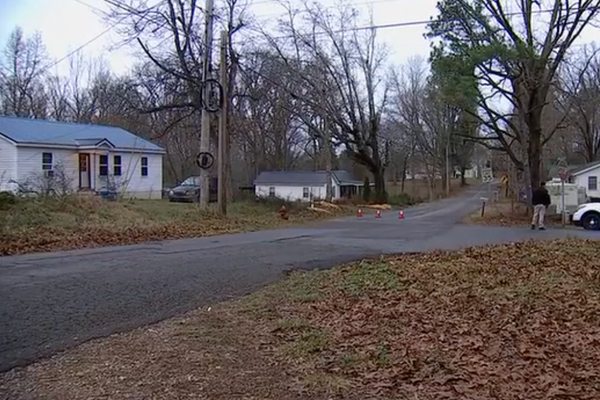
The latest inflation figures show that prices rose faster over the past year than they have since the GST was introduced. This means that the ability to buy things with your wage is now back where it was when the ALP was last in power. Fast-rising prices, combined with low wage growth, has seen a decade of real wage growth wiped out.
The latest inflation growth figure of 6.1% over the past year was actually greeted with little surprise: it was pretty much around the expectations. Yet we should not ignore just how unusual this is.
Over the 31 years from the start of 1991 until the end of 2021, there had only been 1 quarter out of 124 where prices rose by more than 1.75% – and that was when the GST was introduced.
It has now happened in both quarters of this year.
The 1.8% rise in prices in the June quarter pushed annual inflation to 6.1%, equal with the annual growth that occurred when the GST was introduced.
Core inflation, which attempts to remove the more erratic aspects, is now growing well above the Reserve Bank’s 3% upper target level:
If the graph does not display click here
Such an increase suggests we are about to see a lot more interest rate rises. But while I have no reason to doubt that rates will rise again next week (probably by 50 basis points), the figures also highlight the dangers of the Reserve Bank raising interest rates to slow the economy.
The big problem is that while prices are rising quickly, they are not doing so because of wages.
Wages are, in fact, currently disinflationary because in the past 12 months prices have risen by more than double that of wages:
If the graph does not display click here
In May the Reserve Bank anticipated wages will grow by 2.7% in the year to June. That is less than half the 6.1% inflation rate.
It means that real wages would have fallen 3.2% in the past year and now be back where they were a decade ago in 2012:
If the graph does not display click here
The Reserve Bank is increasing rates to slow the economy and thus price rises, but in doing so is also working to slow wages growth. All at a time when real wages are more than 3% lower than they were prior to the pandemic.
So what is causing inflation?
The big drivers in the past year were house prices, petrol, and fruit and vegetables.
New dwelling purchases by owner-occupiers (the measure of house prices used in the CPI) rose 5.7% in the June quarter and 20.3% over the past year. So large was this increase that they effectively accounted for nearly a third of the total increase in the CPI in the June quarter.
Take away house prices and rather than a 1.8% increase, the CPI would have increased just 1.25%.
Interest rate rises certainly affect house prices. In fact, we are already seeing the market come off the boil and auction clearance rates are falling fast – all of which suggest the rate rises are working.
But rate rises have less impact with the other big rises.
Vegetable prices rose on average 7.3% on the June quarter, and fruit prices rose 3.7%. This didn’t happen because we all suddenly began eating healthier, but because the floods in New South Wales and Queensland wrecked a lot of crops and made products such as lettuces rather more difficult to get hold of.
Interest rates rises do nothing to change that.
Then there are petrol prices – up 4.2% in the June quarter and 32% over the past year:
If the graph does not display click here
Petrol prices are wholly governed by the world oil price. The Reserve Bank can put up rates as much as it wants, but it won’t affect how much you pay when you fill up:
If the graph does not display click here
The prices of goods and services determined on the world market rather than domestically (such as rents, education, electricity and childcare) have shot up – up 8% in the past year compared with the 5.3% rise in “non-tradables”:
If the graph does not display click here
That isn’t to say the price rises are limited to a few items. Over the past year, just on two-thirds of the 87 commodity items in the CPI basket rose by more than 3%. That is the highest amount since March 1991 (excluding the GST introduction):
If the graph does not display click here
But, crucially, the biggest rises have mostly been items that are essential, or “non-discretionary”. These are things we can’t avoid paying – rent, petrol, food, utilities, rates and insurance.
In the past year, the price of non-discretionary items rose 7.6%, compared with 4.2% for discretionary items:
If the graph does not display click here
The reason is most essential times are “goods” rather than services, and many are imported or subject to world prices (like wheat and gas).
The Russian invasion and the massive supply blockages caused by the pandemic has meant prices of goods have risen much faster than for services.
In the past year, the prices of goods rose 8.4% on average, while the cost of services rose just 3.3%.
Crucially, this means lower-income households – which spend more of their income on essential items than do the “average” household – are seeing their cost of living rise faster. That also means the real wage of lower-income households would have fallen even more than the 3.2% average.
That is a brutal whack, right at the moment the Reserve Bank is trying to slow the economy and wages growth even more.







